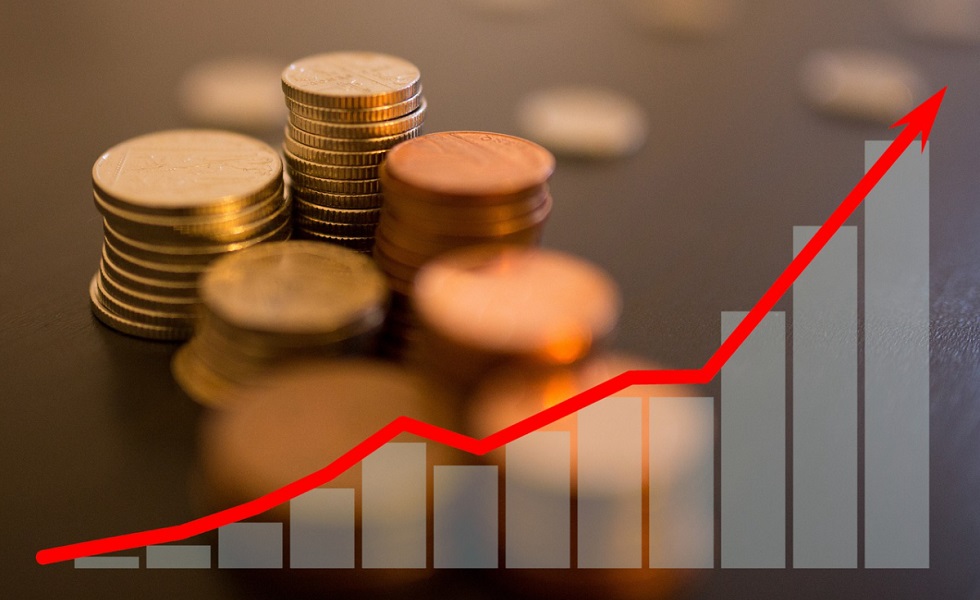Janus Henderson: High debt levels and higher interest rates put pressure on companies
Janus Henderson: High debt levels and higher interest rates put pressure on companies

According to Janus Henderson's latest analysis, the signposts for a turn in the credit cycle remain in place, just as they have for the last year, with high interest rates and high debt loads contributing to the downward trajectory.
Although the impact will be lagged, the staggering rise in interest rates is expected to have a domino effect on the current credit cycle: refinancing debt loads at higher rates can lead to decreased interest coverage ratios and ultimately more defaults in the years ahead.
Janus Henderson's Credit Risk Monitor measures credit quality on a quarterly basis. The aim is on a traffic light system to understand how the credit cycle has evolved and how portfolios can be adjusted accordingly. This is measured by three key indicators: debt, access to capital markets and cash flows, and operating results.
Key findings of the analysis:
- A lot of companies have a lot of debt to refinance. Higher rates will force interest coverage ratios to deteriorate precipitously in the coming years and lead to an escalation of defaults.
- The real cost of borrowing is higher than it has been for almost a decade. This will have a significant impact on companies, particularly if revenues slow down. The broader consumer demand slowdown from higher rates will impact company earnings and expose highly indebted corporates, causing potential cash flow shocks.
- Inflation is now falling and will be supportive of a pause for central banks. But if supply-led deflation turns into demand-led deflation, nominal growth will be dramatically slower and borrowing costs could considerably outpace revenue growth.
- The current attractive levels of yield should become increasingly compelling to long-term investors and start to produce strong total returns. Relative returns of risky assets, however, may suffer when compared to quality segments of the market.
Jim Cielinski, Global Head of Fixed Income at Janus Henderson Investors, said:
'The credit cycle tends to turn only if three conditions are present: high debt loads, lack of access to capital, and an exogenous shock to cash flow. These conditions – […] – are all present today: the yield curve is inverted, lending standards are tightening, and central bank policy globally has been aggressively moving tighter. Each cycle is different, but a combination of high debt levels and a higher for longer interest rate environment is putting pressure on companies to service that debt while cutting off access to capital at a reasonable price. In such an environment, active security selection is critical.'









